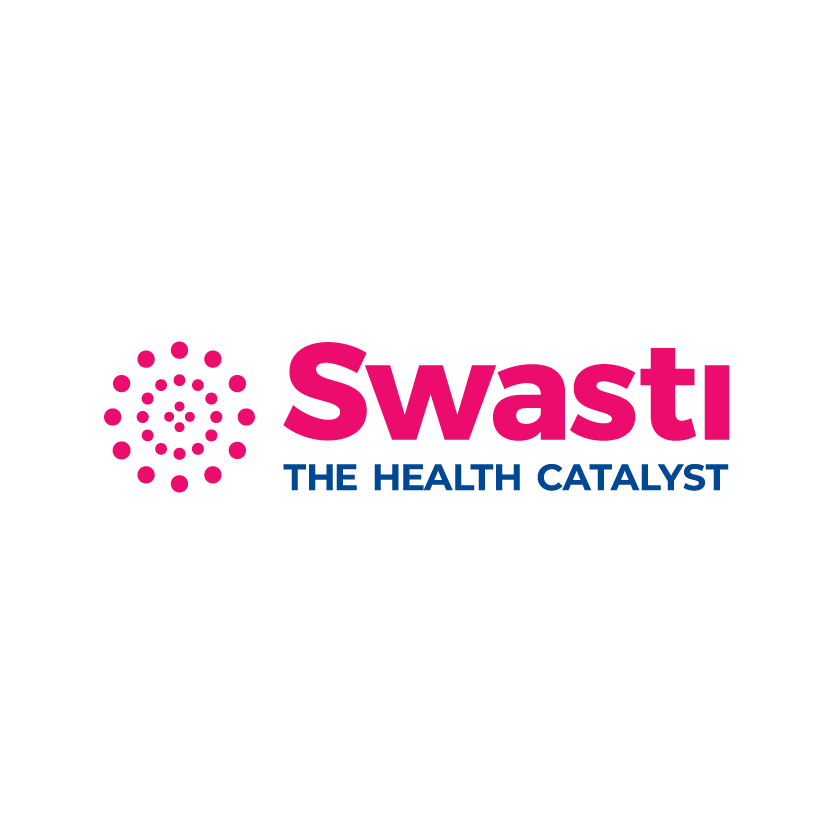

This section presents actionable insights for practitioners from our collaboration of experts.
Analysis
FILTER
BY CATEGORY
View All
The Role of Gender Equity in Reducing Malnutrition: The View from South Asia
12 Sep 2022by Shaonli Chakraborty, Piyasree Mukherjee, Ravneet Kaur, and Samana Shreedhar 30 MIN READ
This brief analyses the correlation between gender-based inequities and malnutrition. It highlights the case of South Asia, and uses as a backdrop the compounded challenges resulting from the COVID-19 pandemic. The authors review existing literature on the subject and cull patterns, with the aim of outlining recommendations for countries in the region for bridging interrelated gaps in gender parity and nutrition.
Introduction
Gender-based inequities remain a massive challenge in many parts of the world, and women and girls continue to face discrimination throughout the different stages of their lives. They have less access to education, healthcare, and nutrition, they face the threat of violence, and have a poorer quality of life, overall.[1] The inequities that girl children face can have cascading effects later in their life: those who are deprived of quality education grow up having limited access to income opportunities and being denied financial autonomy.[2] Poor access to healthcare services leads to worse health outcomes, increasing greater susceptibility to infections and diseases that increase morbidity and mortality.
This brief aims to highlight the correlation between gender inequities and the persistence of malnutrition in women and children. It is these social determinants that have led to inequality and power imbalance between genders, in turn impacting food production and eating habits. Despite women playing the most crucial role in household nutrition, they are often found at the bottom rung of the family when it comes to nutrition.[3]
The COVID-19 pandemic only exacerbated the problem. More than two years since the World Health Organization (WHO) declared the pandemic, the global population is still reeling from the myriad health challenges brought about by the outbreak. Little attention, however, has been paid to its impacts on maternal and child malnutrition. Indeed, even prior to the pandemic, limited progress was being made towards achieving the global nutrition targets. Going by the findings of the Global Nutrition Report 2021, the targets now appear to have become even more elusive, given how the pandemic had pushed an additional 155 million people into extreme poverty.[4]
With poverty and illness interlocked in a vicious cycle, loss of livelihood has impacted people’s food habits and, thereby, their nutritional status. Women have to shoulder the dual burden of their gender roles along with more hours of unpaid labor.[5] Compounding the challenges is the climate crisis, which affects food production, access, and affordability, and in turn impacts women the most,[6] , especially among the rural and urban poor, the marginalized communities, and those with disabilities.
This brief examines how gender inequities contribute to malnutrition. The rest of the brief outlines the cycles of malnutrition analyses the nutrition status of women and children, and, focusing on South Asia, explore programs and policies that aim to improve nutritional outcomes.
Originally published here: https://www.orfonline.org/research/the-role-of-gender-equity-in-reducing-malnutrition/
Related File :
6601997609.pdfCategories
Nutrition

 EXPLORE DATA
EXPLORE DATA 



























